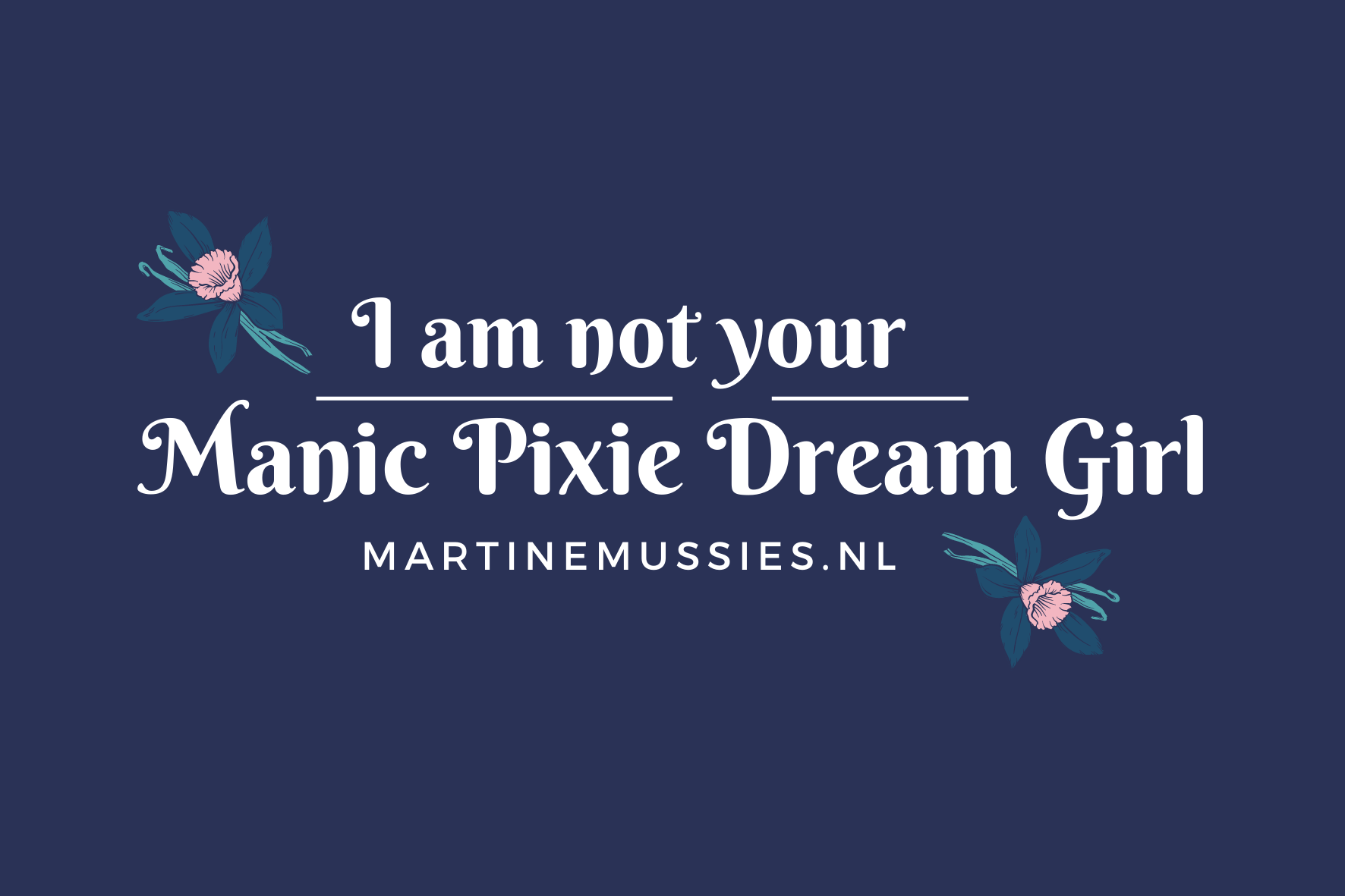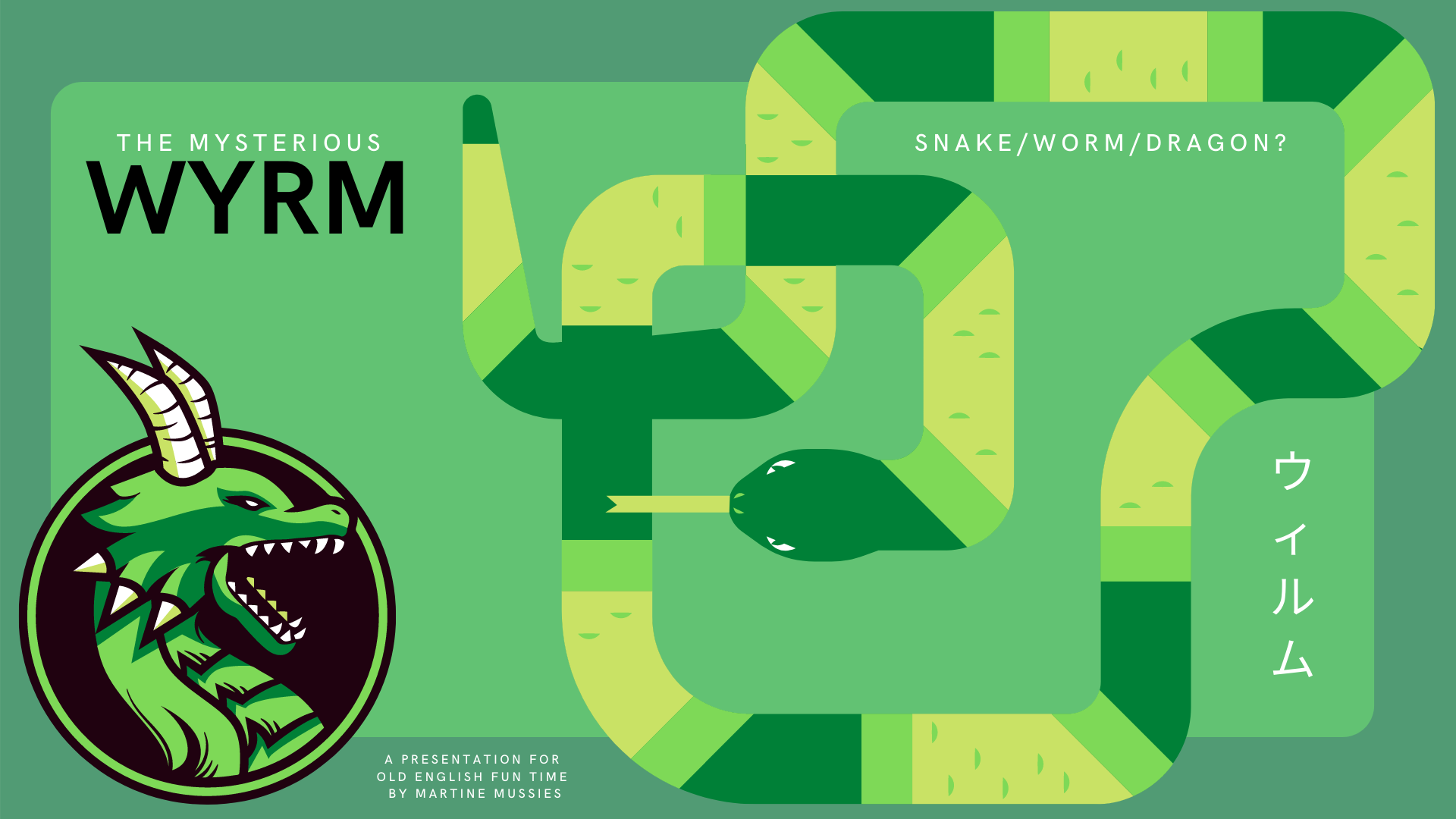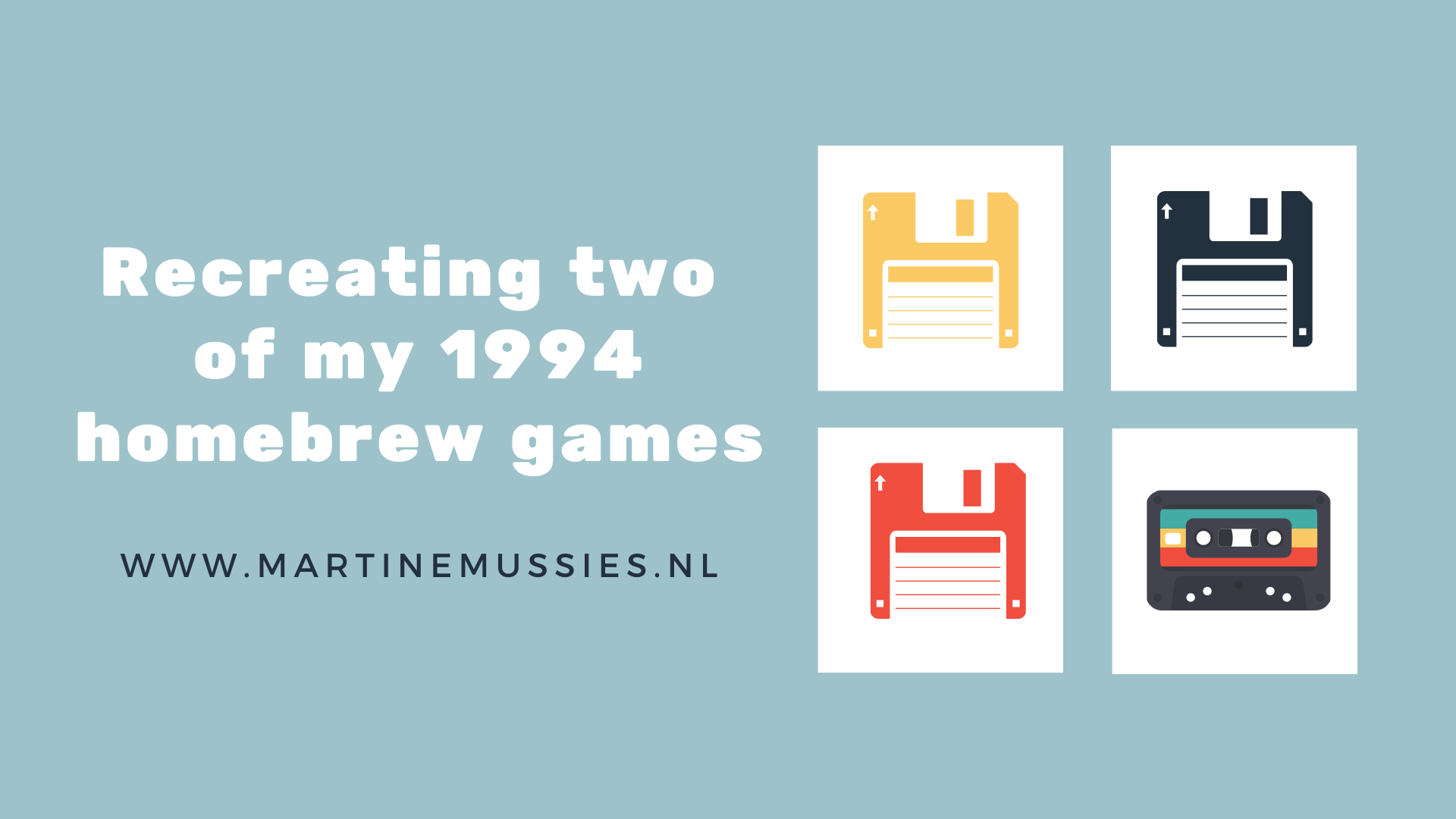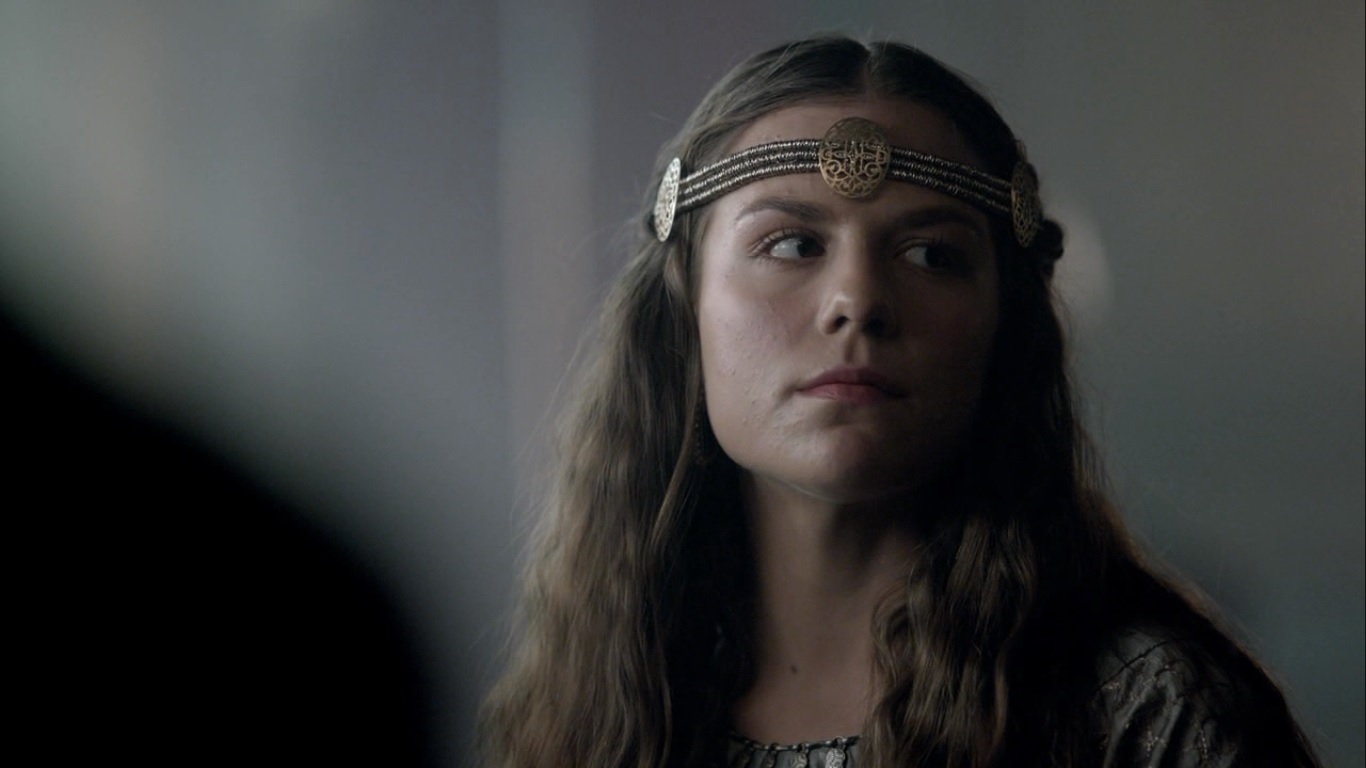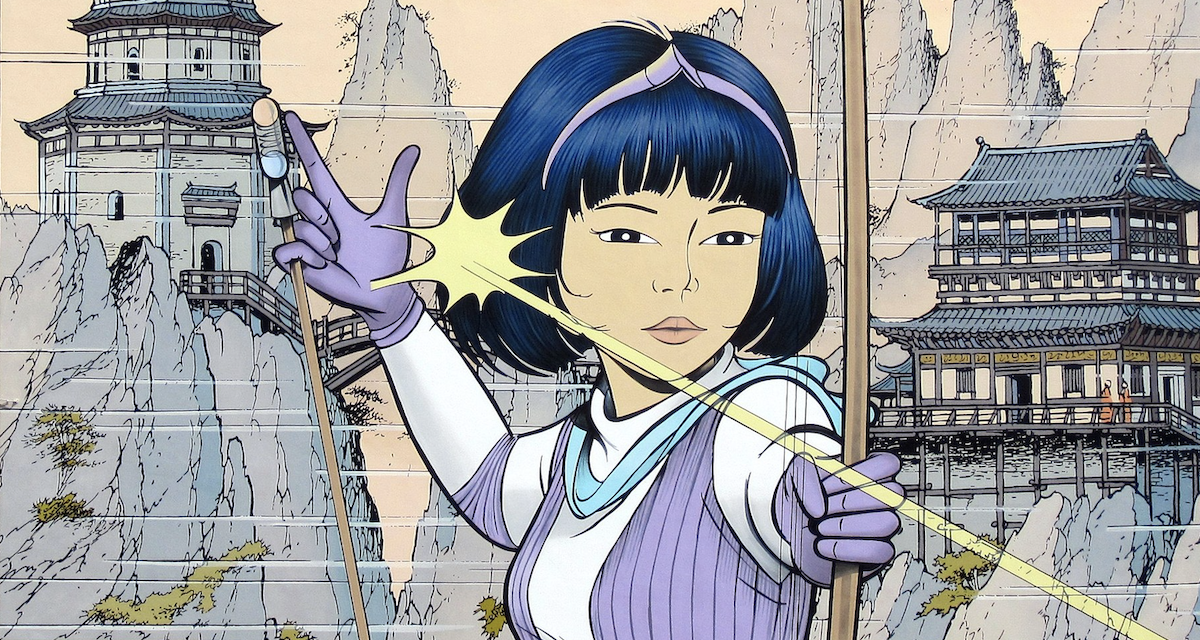Combined motivations in kendo and iaido
In the last issue of Zanshin (2020-2), I wrote about the challenges of continuing your dō in these times of Corona. After its publication, many people reached out to me, mostly with questions on how to keep motivated enough for all these self-directed activities. Therefore, in the following article, I would like to share some more tips on how to keep your (budo) spirits up.

